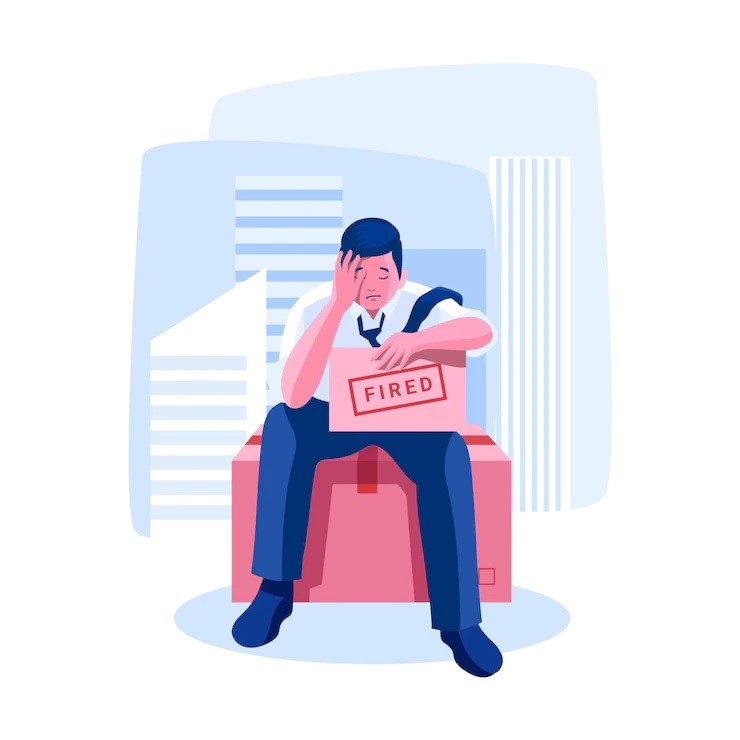
California has an at-will employment policy. It allows employers and employees to decide to work together of their own free will. If they decide they no longer want to continue their professional association, they are also free to terminate it at will. That means, as an employee, you can leave your job at any time with or without reason. Similarly, your employer can fire you from your job at any time, with or without cause.
However, there are some exceptions to the at-will rule, and in case your dismissal falls within these, you can search online for “wrongful termination lawyer Los Angeles” and sue your employer for wrongful termination.
What is wrongful termination?
Wrongful termination happens when your employer fires you from your job for reasons that violate public policies or your work agreement. The illegal reasons your employer might fire you include dismissing you for your age, gender, race, color, religion, ethnic origin, nationality, health condition, or disability. Aside from these discriminatory reasons, the employer might fire you in retaliation for filing a complaint against discrimination, harassment, illegal work practices, and unsafe work conditions. When you lose your job for any of these reasons, it is wrongful termination, and you have the right to sue your employer.
How you can file a wrongful termination claim
If you are sure your firing is a case of wrongful termination and you can prove it, you should search online for “wrongful termination lawyer Los Angeles,” get legal advice and file a claim. Here is how you can go about filing a wrongful termination claim in California:
Organize your employment records and documents
The lawyer who you contact by searching online for “wrongful termination lawyer Los Angeles” will advise you to gather proof that you were punctual and had an excellent work performance record. That will establish that your work performance could not have been the reason for your firing. The lawyer will also ask you to assemble documents that prove that the employer had illegal motivations.
For example, you might have submitted a leave application to undergo medical treatment, and the employer fired you immediately after receiving the application. By that, you might be able to infer that they fired you due to your health condition. Per the employment law, your employer cannot discriminate against you for your health, and you have the legal right to take time off for medical reasons. So, the situation might come under wrongful termination.
File an administrative complaint with the DFEH
You or the legal professional you hire after searching online for “wrongful termination lawyer Los Angeles” can file an administrative complaint within a year of being fired with the California Department of Fair Employment and Housing (DFEH). You can file the complaint online and provide relevant information about yourself, your previous job, your termination from your job, and the reasons you think it was illegal.
After receiving your complaint, the DFEH will dispatch an investigator within 60 days to investigate the matter. The investigator will talk to you, gather copies of evidence, prepare a complaint draft for you to sign, and then send this to your employer for their response. The investigator may meet with your former employer and then inform you of the next steps. The DFEH may appoint an independent mediator to resolve the issue. If that fails, the DFEH may file a lawsuit against your employer on your behalf.
File a lawsuit against your employer in state court
If the mediation attempt fails, you can request the DFEH to issue you a right to sue notice. The wrongful termination lawyer will file a complaint on your behalf in the appropriate court. The complaint will include your allegations against your employer and the monetary compensation or other damages that you seek from them. After filing the case, your lawyer will send a copy of the complaint to your former employer. Their lawyer will file a response denying your claim or approach your lawyer to work out an out-of-court settlement.
Depending on your situation, you can decide to accept their settlement offer and withdraw the lawsuit. Or you can choose to continue with the lawsuit and take it to trial.
